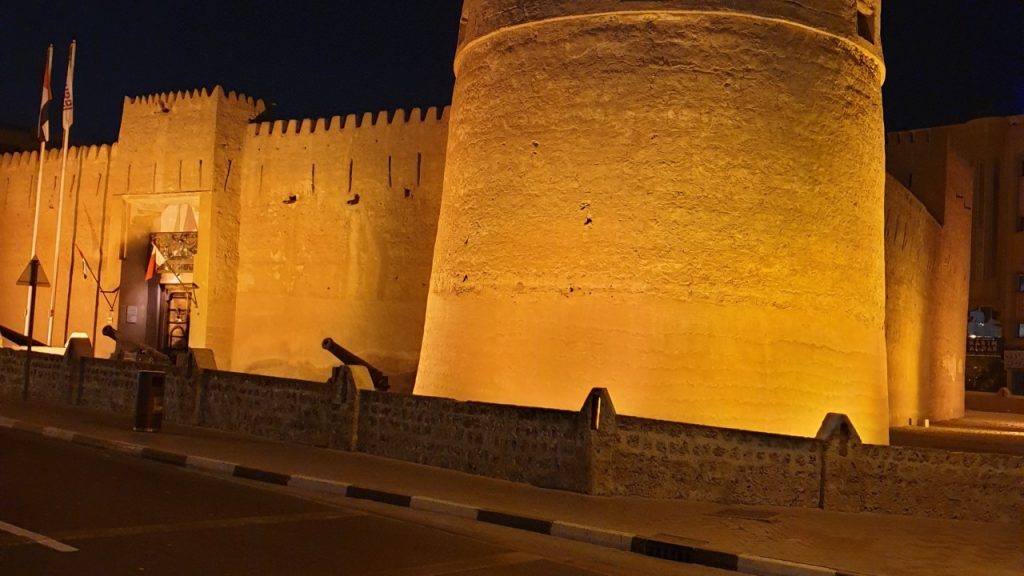
Authored by Niranjan Gidwani, Independent Director and Board Member, this article reflects on his decades-long experience with the Canton Fair and explores the changing dynamics of global trade events.
The MICE industry (Meetings, Incentives, Conferences, and Exhibitions) has undergone profound changes over the past few decades, with international trade shows like the Canton Fair evolving to adapt to new market demands and geopolitical shifts. Niranjan Gidwani, Independent Director, Board Member, and Member of the UAE Superbrands Council, brings a unique perspective to this transformation. With over 30 visits to the Canton Fair since 1991, Gidwani offers a comprehensive view of MICE industry of how one of the world’s largest trade fairs has navigated the pressures of globalization, technological advancements, and shifting buyer demographics.
I made my first visit to the famous Canton Fair in 1991. Since then, until the most recent one, it was my 32nd visit, including both the spring and autumn versions. Incidentally, this was the 136th version of the Canton Fair, which means that, if one were to consider two versions each year, the Canton has been in existence for 68 years. Interestingly, I have also attended our very own Gitex in Dubai the same number of times – 32 visits of MICE industry. This year marked the 44th version of Gitex, which is fast climbing the ranks in the global events sector.
This year’s Canton Fair attracted 250,000 foreign visitors, spanning three phases from October 15th to November 4th. Over 30,000 companies exhibited across 55 sections, covering a vast area of 1.55 million square meters (nearly 16 million square feet). However, the presence of buyers from Western countries, notably the USA, Europe, Japan, and Korea, was significantly reduced, while attendees from Belt and Road countries, including Russia, Iran, the Middle East, and Africa, dominated the fair. According to reports, 76% of potential buyers were from Belt and Road countries and 13% from the Middle East.
According to some of my long-time Chinese colleagues, major buyers with high purchasing power were noticeably absent, replaced by smaller, highly price-sensitive buyers with limited budgets. The emphasis at this year’s fair was clearly on low-cost transactions, with exhibitors noting an increase in small, fragmented orders rather than the larger volumes seen in previous years.
Another notable shift this year was the heightened interest in drones and energy storage solutions. Drones have consistently garnered interest at the Canton Fair, while energy storage saw a new spike in demand, possibly driven by global geopolitical uncertainties. Many buyers from developing nations showed a strong interest in securing these materials, as prices for energy storage products such as solar panels and batteries have decreased by 70-80% in the past year.
Interestingly, the Canton Fair has now made entry free for foreign visitors, removing the previously required one-time registration fee. This move seems aimed at increasing foot traffic amidst the shifting visitor profile.
Key Observations and Insights
Reinvention Needed: If the Canton Fair were a company, it would be at a critical juncture, needing to reimagine its offerings to stay relevant. As Gidwani suggests, while the fair has long dominated the trade show sector, it may need a strategic overhaul to keep pace with emerging players like Dubai’s Gitex, which is quickly climbing the ladder in the events space.
The “Make in India” Momentum: With India’s “Make in India” initiative gaining traction, there’s a growing demand for a global-scale trade show in India that rivals the Canton Fair in scope and quality. A fair with such international standing could help showcase Indian manufacturers to a global audience. Gidwani also highlights the potential of a Dubai-India collaboration, with Dubai hosting a dedicated section for large Indian manufacturers in its trade exhibitions.
Visitor Profiles and Event Logistics: Given the high number of attendees from developing countries, event organizers should consider adjusting food, refreshment offerings, and pricing to better meet the preferences of these visitors. Moreover, organizing events to avoid overlap with other major exhibitions could help increase attendance and enhance the visitor experience.
Conclusion
As global trade dynamics shift, it’s clear that the MICE industry is entering a new phase, with events like the Canton Fair facing the challenge of remaining relevant in a changing landscape. Niranjan Gidwani’s reflections reveal a need for adaptability and strategic reinvention among long-standing trade fairs, as regions like the Middle East, India, and Southeast Asia gain prominence. The axis of global trade shows may gradually shift, with the UAE, Saudi Arabia, and India poised to play a more central role in the future of international trade events.
For India, the time may be ripe to develop an internationally recognized trade fair of its own. This shift could help establish India as a global trade hub, opening doors for Indian products and manufacturers. As Gidwani notes, a robust and well-rounded strategy could propel India’s MICE industry sector to new heights, while collaborations with Dubai could serve as a bridge to this vision.